It’s been a crazy few days on the USS Andalucía. We were analyzing a star in its final stages of life. This star is special because, due to its characteristics, experts hesitate to define it; some believe it’s the remnant of a blue giant that’s compressing, others believe it’s actually a red dwarf that’s strangely expanding. Years of distant observation haven’t helped the Federation’s best minds come to an agreement. So, we were sent to analyze it directly. Specifically, our mission was to analyze it and determine what its end would be like: whether it would expand and explode in a supernova or collapse into a black hole.
And there we were, focused on our work, when an unexpected event surprised us. A solar flare occurred that we couldn’t have predicted, and its energy wave hit us hard. The energy that impacted the ship was so great that it affected all of the ship’s systems, including life support and artificial gravity.
We became an empty shell in space, filled with living beings floating uncontrollably, one inside the other. It was terrifying; oxygen began to run out, and no one on the crew suffered any injuries, many of them very serious. Our dependence on energy was demonstrated in the harshest and most terrifying way by this phenomenon; we are voracious consumers of energy, and without it, we are completely helpless.
Fortunately, the engineering team demonstrated incredible skill and gradually restored critical systems to operation.
In the sick bay, we created an evacuation system to safely transport seriously injured people from anywhere on the ship in zero gravity, in the dark, avoiding uncontrolled floating objects. Since the systems and equipment weren’t working, we had to perform a basic medical assessment, along with emergency interventions using prehistoric, zero-gravity methods; which was quite a challenge. More than half the crew was unable to work. The medical staff were also in poor condition, but we managed to save everyone.
Within hours, the chief engineer managed to activate the emergency beacon and the USS Cori came to our aid.
Upon arrival, full engineering teams were brought aboard and began repairing the ship. The most seriously injured were also evacuated to the USS Cori’s sick bay for proper medical care.
After several days, the combined efforts of both crews managed to restore normal operation to all systems on the USS Andalucía. No explanation was found for what happened. It was only discovered that no system had been seriously damaged; they were simply overloaded with energy. They managed to restore operation by draining each system, one by one, of the excessive energy that seemed to envelop them. Federation scientists will have their work cut out for them studying this phenomenon.
The crew has also been recovering slowly, and except for a few seriously injured, most have returned to their duties. Fortunately, they were just in time, as, within hours of restoring the engines, it was detected that the star was finally going to become a supernova, so we moved away from there as quickly as we could and watched the immense, destructive, and splendid explosion from a safe distance.
The USS Cori has escorted the USS Andalucía to the nearest Starbase, allowing the entire crew to undergo a full medical checkup and the injured to recover. The ship is also being thoroughly inspected.
The brotherhood among the people of the Federation is wonderful; crews forget everything else when someone is in trouble.
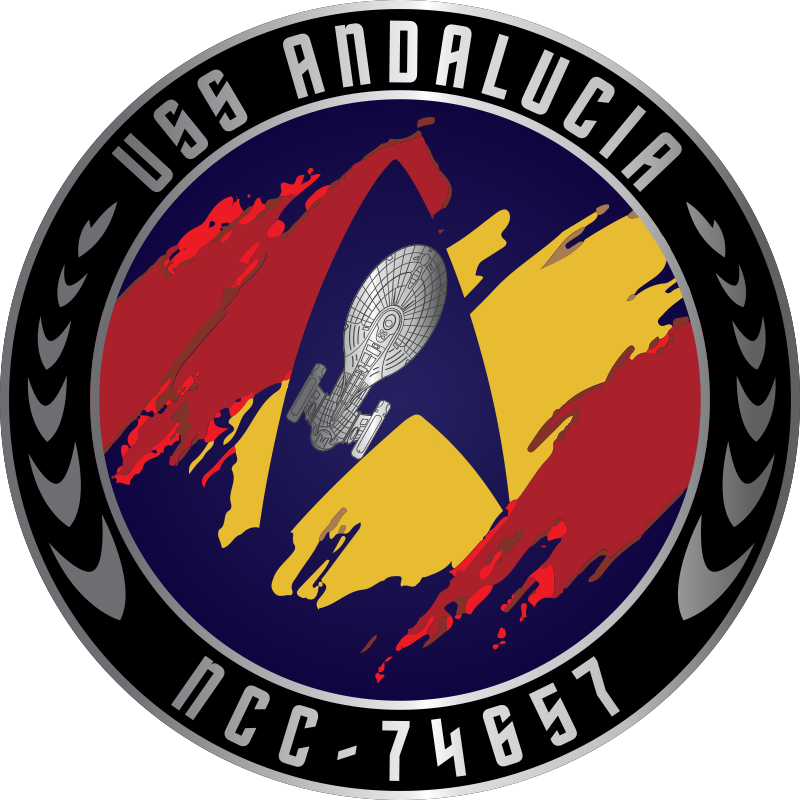
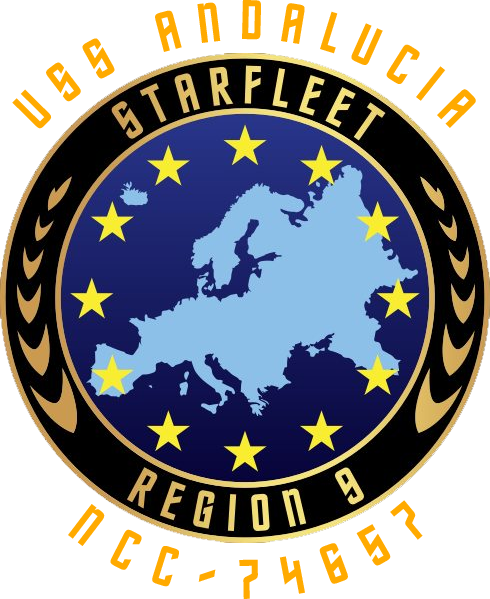
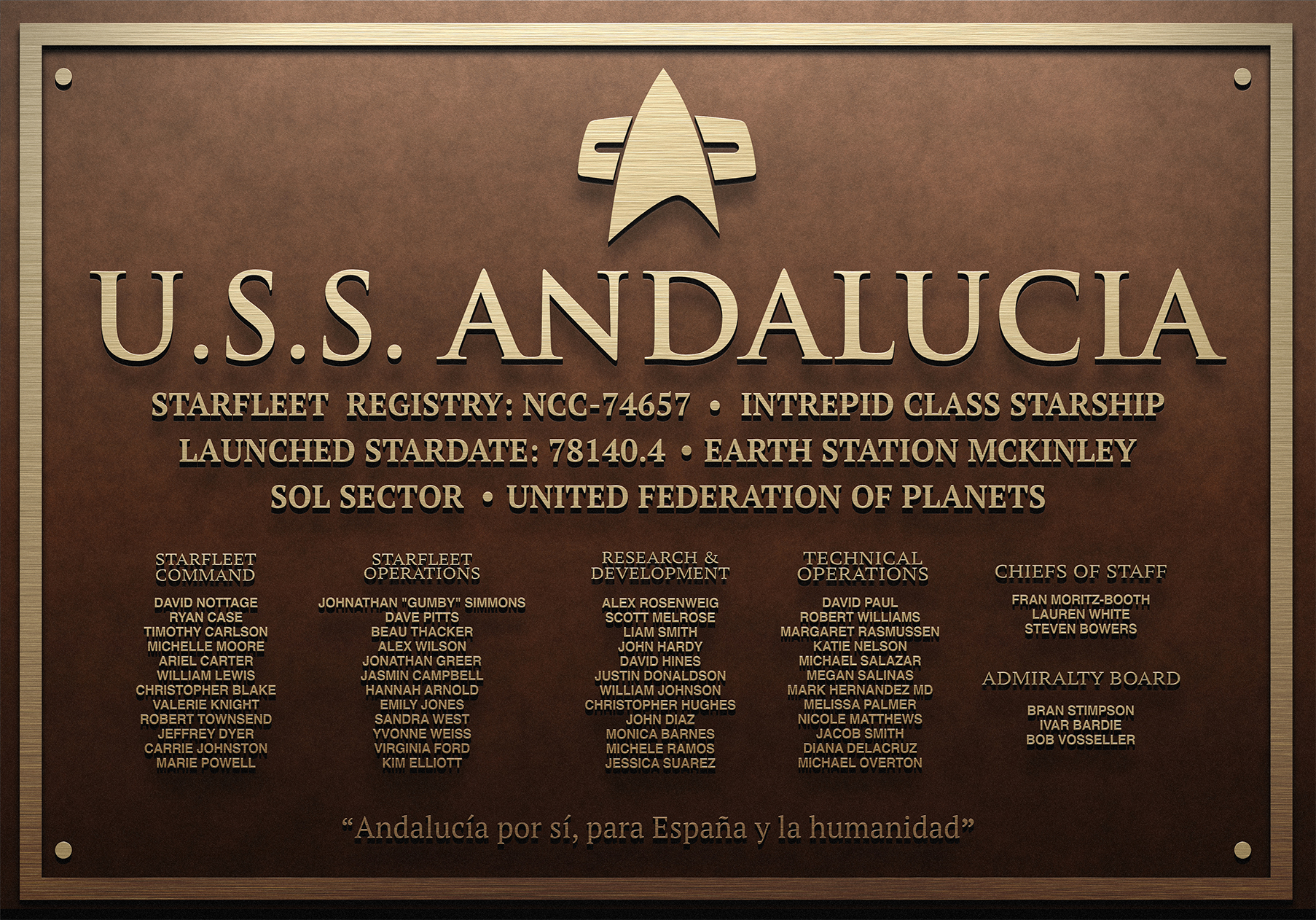

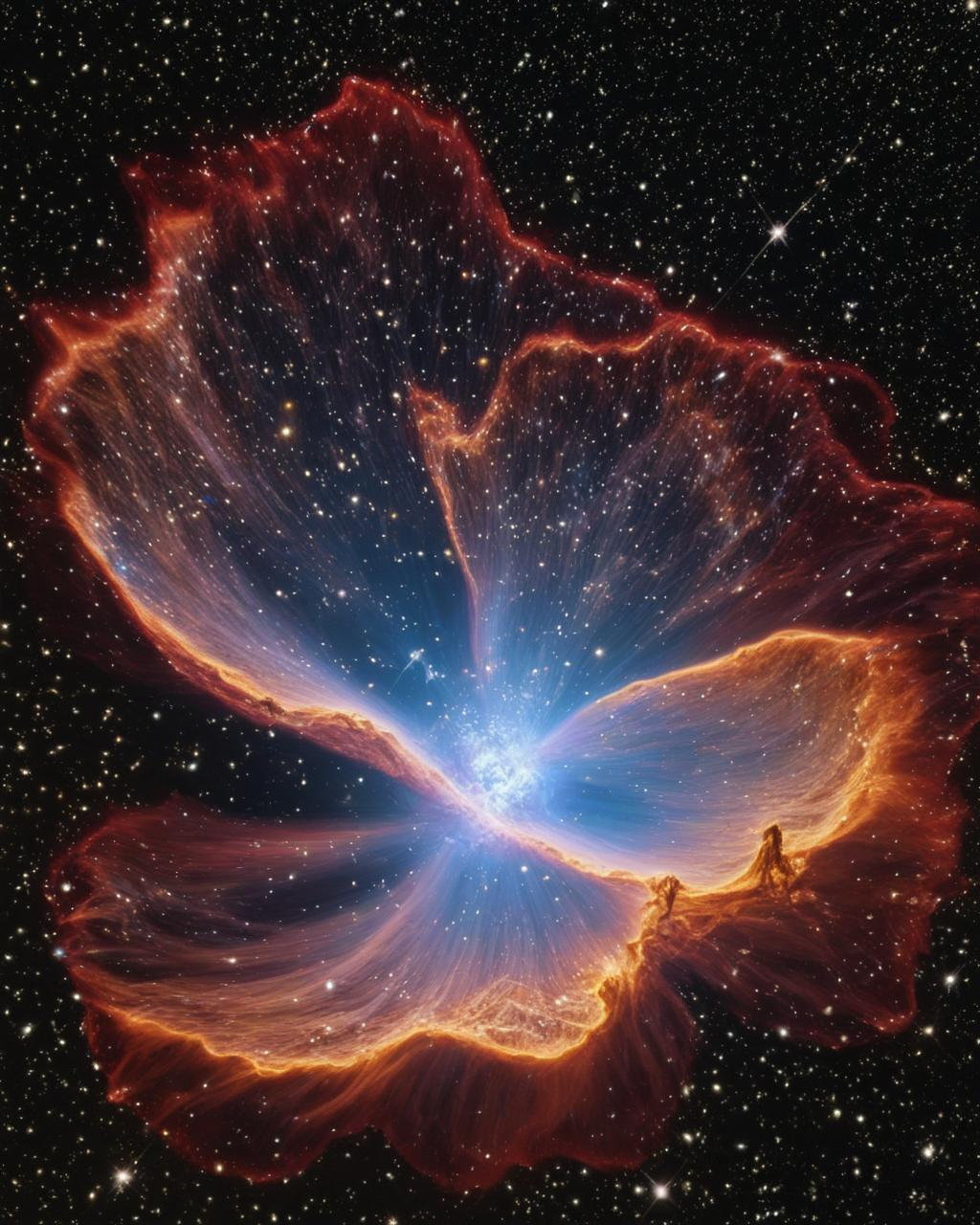
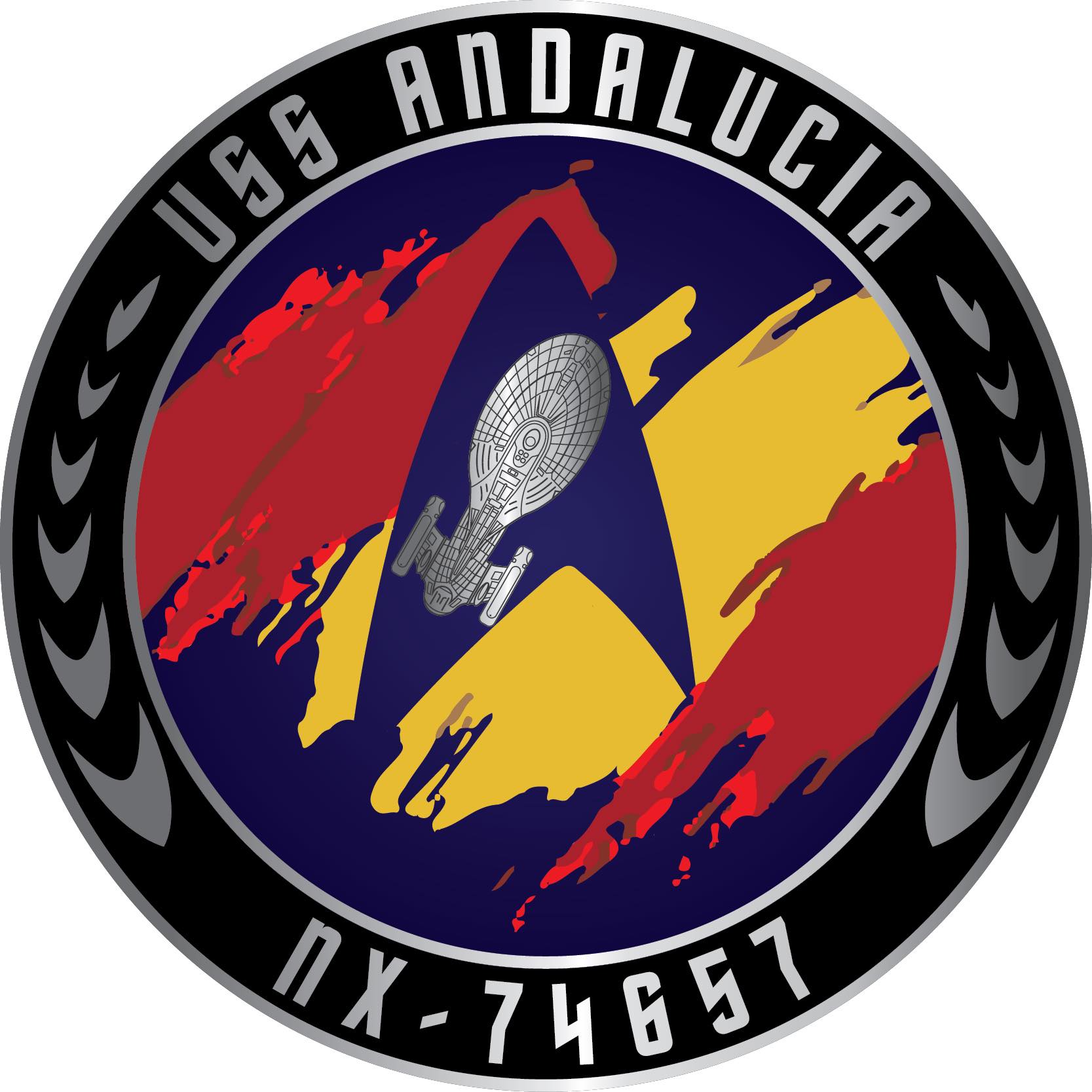
0 Comments